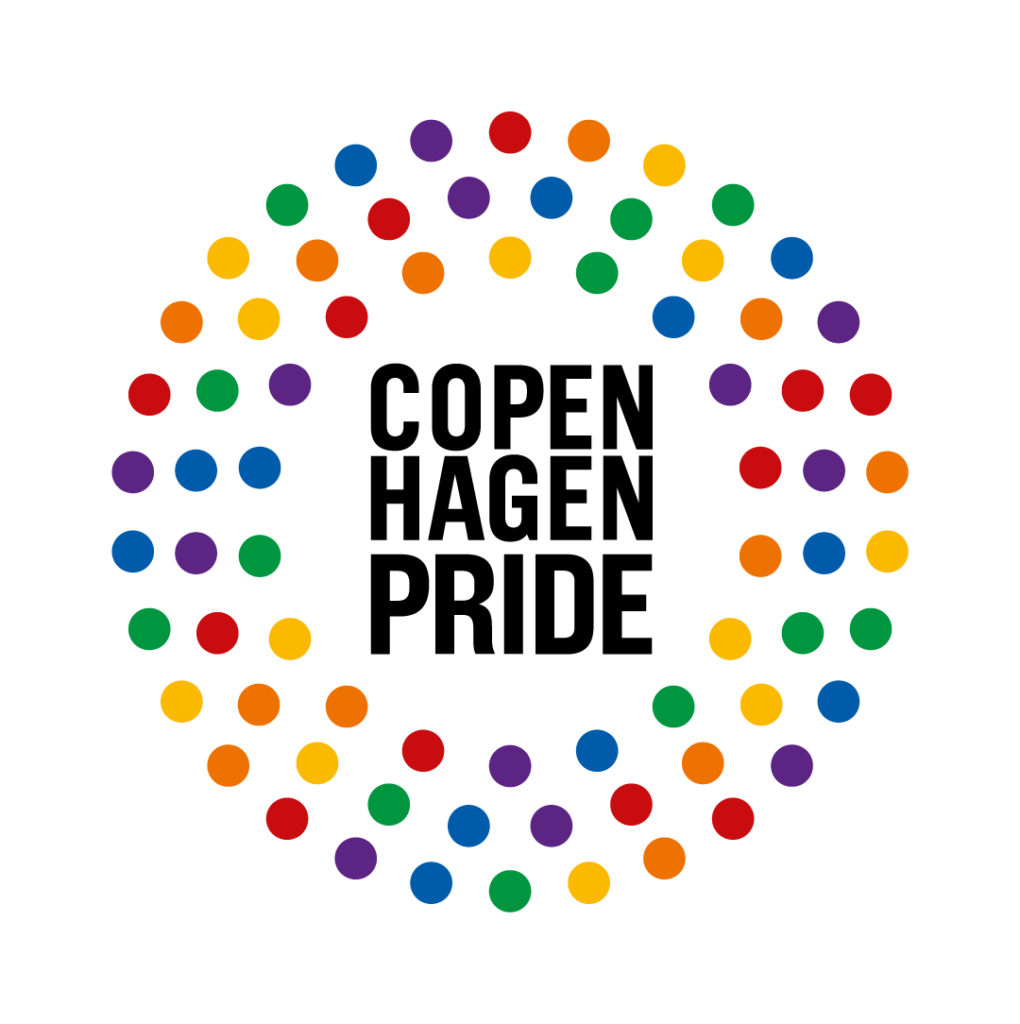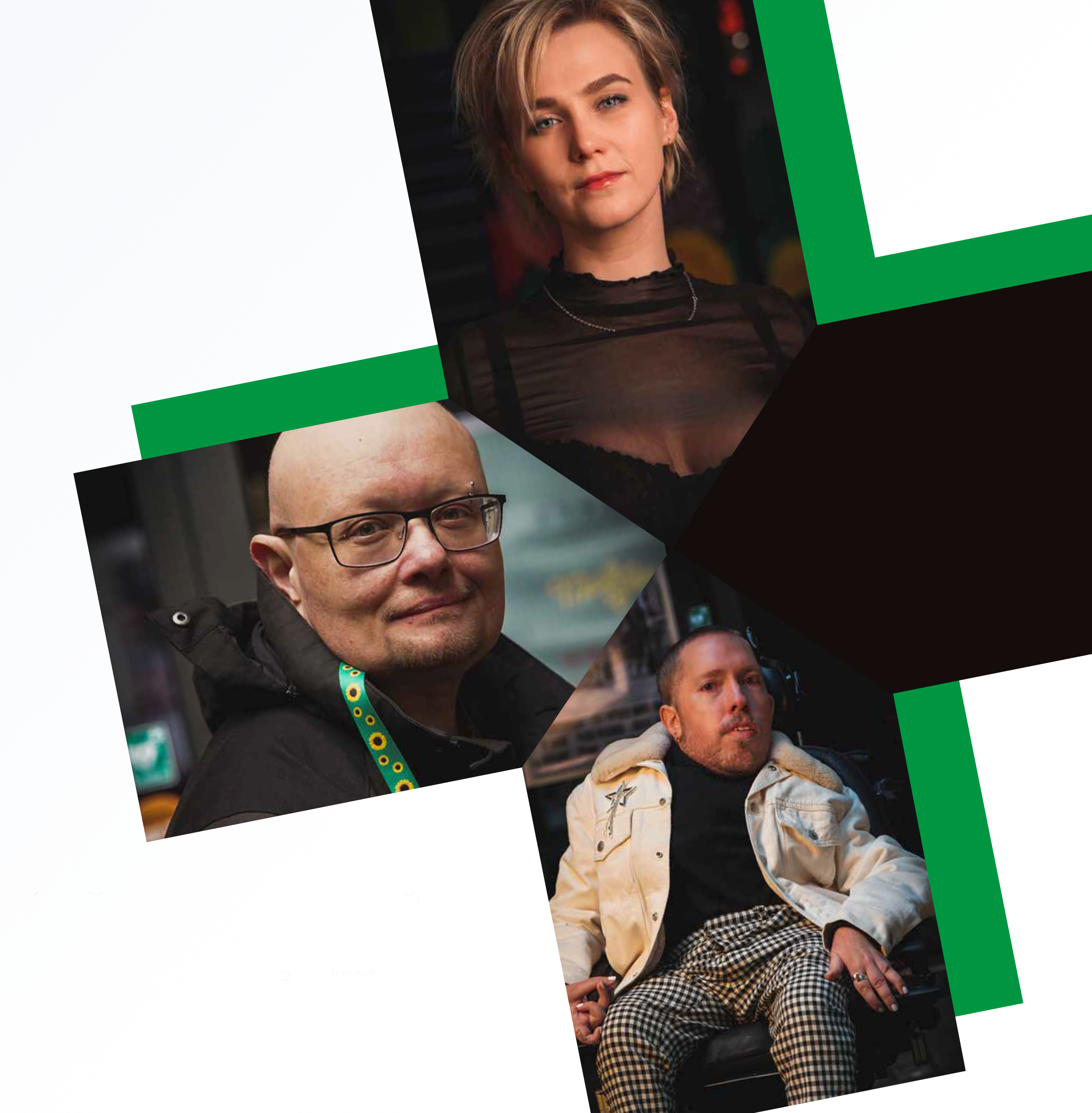
Queer and more
Editor’s note: It was with great sorrow that we learned that Henrik Silvius, who participated in this article, passed away in January 2023. Henrik was a passionate activist and advocate for queer and disabled rights, as well as a kind person with humor and a great sense of style. He will be greatly missed. Rest in peace, Henrik.
Accessibility in a Pride perspective
By Simone Lindvall
Photography by Cesar Maldonado
Accessibility means more than just an accessible, safe, and functional environment. It is also having the ability to participate and being included in an equal way, and it is about being as visible and active as you want to be. At Copenhagen Pride, we want to become better at supporting this framework and that is why we last fallinvited five LGBTI+ people with their own background as a minority within the minority to contribute with their perspective on Copenhagen Pride Week and accessibility.
It may seem paradoxical that there are still challenges associated with accessibility at events that are focused on the LGBTI+ community – the very demographic that Copenhagen Pride is first and foremost for. The fact that it affects the most vulnerable parts of this group when the accessibility is not sufficient seems even more paradoxical. It simply has to change. As 49-year old Niels points out: “It might be a small group that’s affected, that’s true. But we’re a community focused on minorities, and it’s these minorities who get really hurt. Minorities are important, and we can’t just ignore them.” After speaking with Niels, Jaxie, Cecilie, Amelie, and Henrik it is clear that there is indeed room for improvement. It is also clear that all five share a great love for the LGBTI+ community and that the criticism and ambivalence expressed regarding Pride Week comes from a heartfelt wish to be able to participate and be seen and heard in this context. So what does this criticism entail? And how can we work towards a more accessible Pride Week?
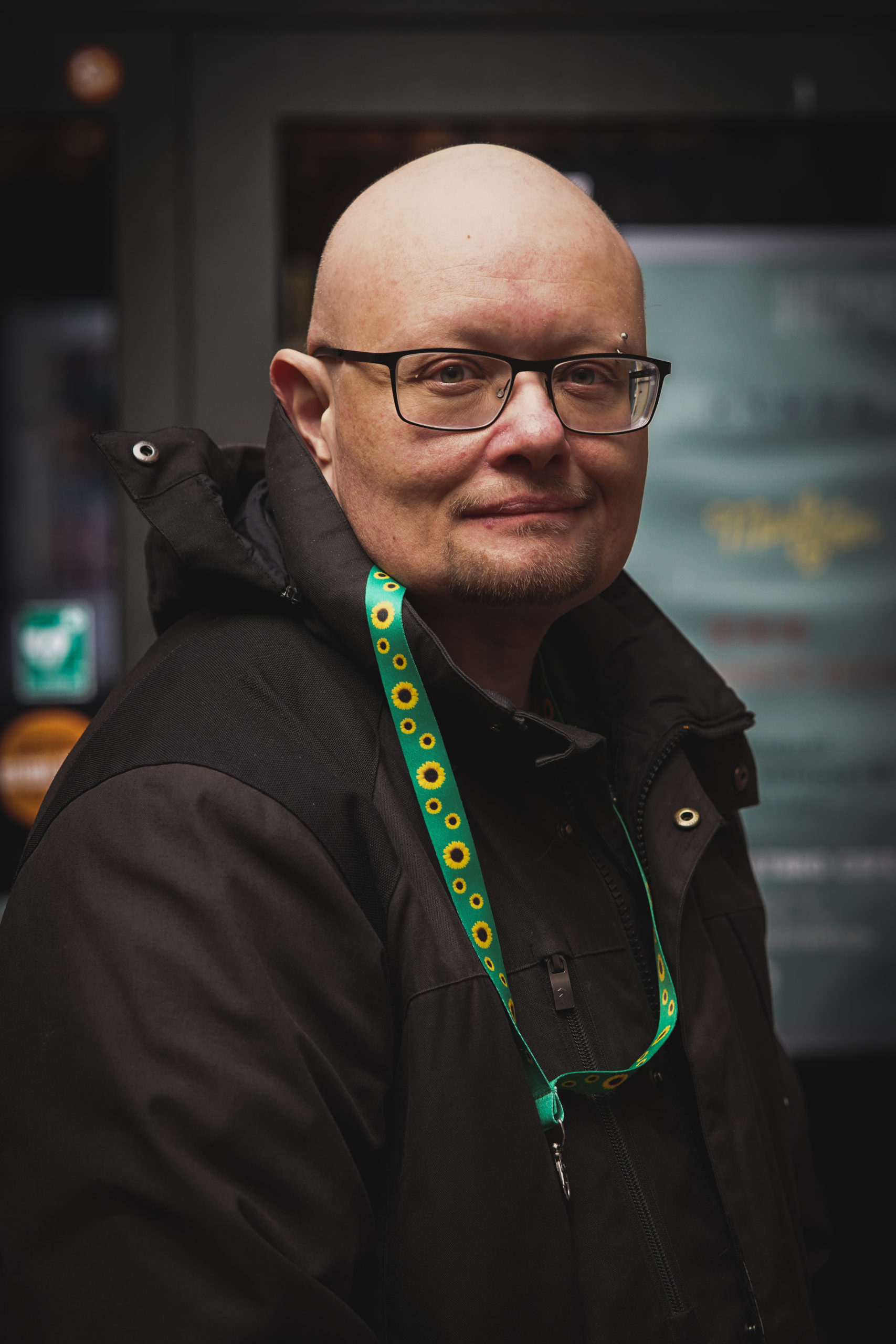
Representation or inclusion?
One of the main topics of the conversations with the participants is lacking or insufficient representation during Pride Week. However, it is not as simple as ensuring a representative from various underrepresented groups from the community in selected debates, talks, and shows. At least not if you ask Henrik, 32 years old, who describes himself as a queer and disability activist and sits on the board of LGBT+ Denmark. According to him, it is not just a matter of increasing the representation of marginalized groups. It is also central to look at how that representation happens: “When Copenhagen Pride are planning events, I assume and expect that consideration is given to having different genders and sexualities on stage. We have had a much greater focus on different skin colors in recent years, and thankfully this is starting to be seen and felt out there. I think it’s now time for the same focus on different bodies. Could you consider having a moderator with a disability for a debate? For example, could you have a host on one of the stages who had a different body to most people – if the stage was accessible? Could you consider having a person with a disability talk about something other than having a disability?” It matters what roles or functions the people represented have, and we still have some way to go. Henrik adds: “I really miss seeing people with different disabilities take on an expert role that isn’t just about what it’s like to be an expert in your own life, but instead where the person is participating because they know something special about, for example, activism, sex, LGBT+ history, poetry or whatever.”
The kind of nuanced representation described by Henrik is taken even further by Jaxie, 36 years old and drag queen, when she touches upon the difference between representation and inclusion, particularly when it comes to the BIPOC community. She looks at it this way: “It requires communication and sincere, real inclusion – not representation. It’s not enough for people to be sitting there as tokens without any power. Include black people, include trans people, include people speaking on behalf of their people. What we need is the act of including, listening, removing yourself from the equation, and not seeing yourself as a victim when people point out that something is wrong.” She adds: “I also think that once we’ve learned to listen, we should learn to seek out the most marginalized groups and work together as equals. It’s them who have the experiences and they should be the driving force – not by pulling the weight, but by setting the agenda.” Representation and inclusion are two different terms that Jaxie often sees getting mixed up when we talk about Pride and double marginalization. This comes with the risk of tokenism, which is a hindrance for Pride Week being for everyone. You could almost say that inclusion equates to accessibility in the conversation with Jaxie, and that faces Copenhagen Pride with some special requirements when it comes to the principles we create our program from and who we collaborate with.
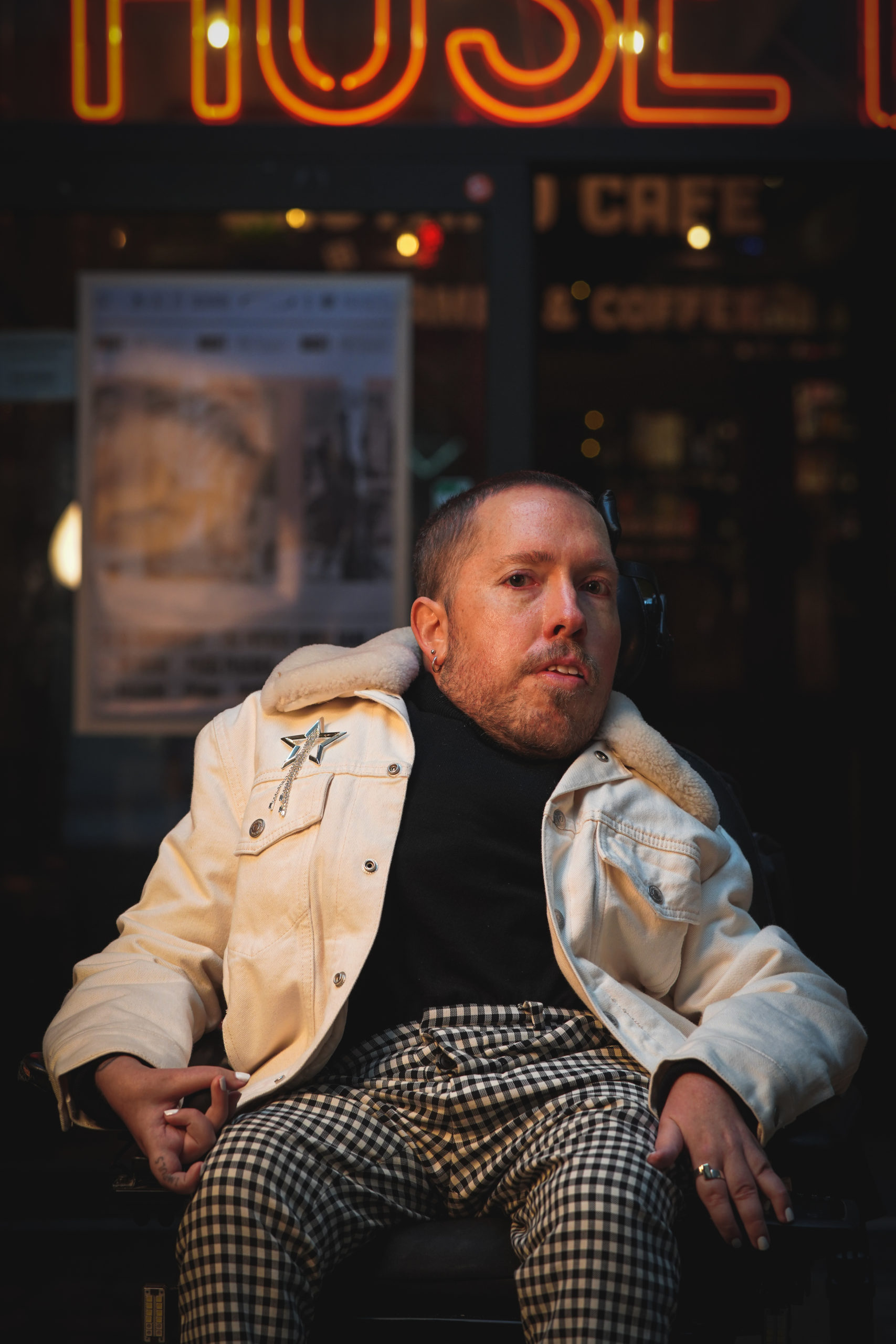
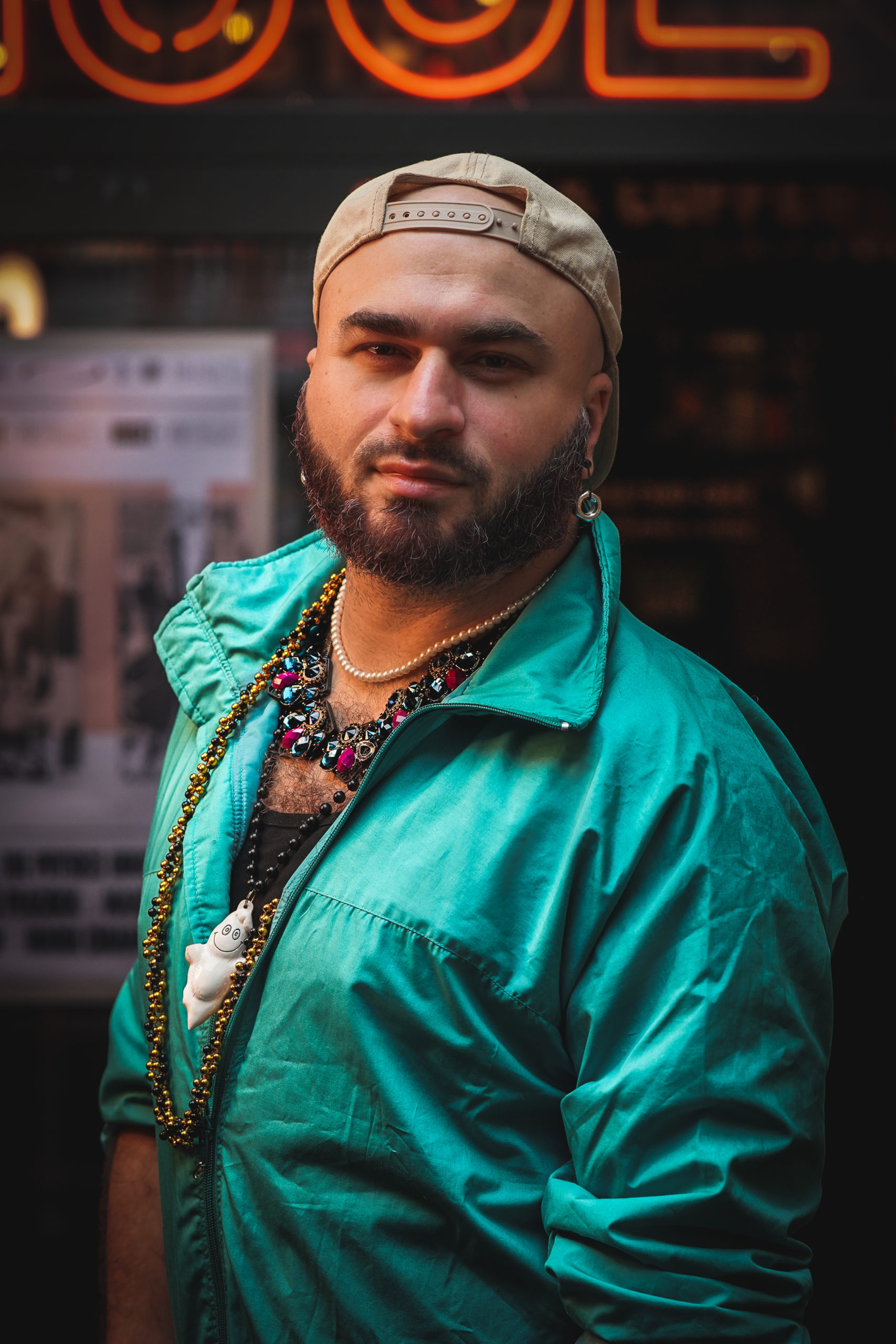
A space for ‘the quiet gays’
Cecilie, 31 years old and queer fantasy writer, has always loved Pride. Yet they did not attend Pride until last year, and there is a special reason for that. Since Cecilie was 16, they were in a relationship with a man who was, and still is, very homophobic and afraid of Pride. Because they were 16 and he was 10 years older, Cecilie stayed away from events during Pride Week. Usually it would lead to a discussion they struggled with, but the notion of ending the relationship in order to go to Pride was a difficult one as well. Eventually, it ended in a break-up, a new partner, and the long awaited walk through the streets of Copenhagen in the Pride Parade last year. Cecilie says about the experience: “It was completely amazing to be a part of. And I’m able to, now that I’m no longer trapped. You could say ‘you could just have left earlier’ or ‘you shouldn’t let anyone tell you what to do’, but it can be really hard when you’re living in a framework where you’re not accepted for who you are.” Before Cecilie came out, their biggest obstacle regarding accessibility during Pride Week was associated with a lack of spaces and events that allowed them to meet new people and establish a network in the community while still being discreet enough to allow them to actually participate. They say: “It made me incredibly depressed to feel that I couldn’t go to something I desperately wanted to be a part of. It affected me so much to have the conversation and the fight with my partner every time that I ended up rejecting the notion of ever going to Pride. But if there had been something like a café meet up, I could have just said I was going to a café.”
The wish for more spaces or events for those who may need to participate more discreetly, or who are not able to go because their gender identity or sexuality is not accepted at home might seem contradictory – especially because Pride, in Cecilie’s own words, “is about showing who you really are, stand by it, and let it fly freely.” However, there is still a point in facilitating alternatives to the more public and visible events during Pride Week for the simple reason that not everyone has the freedom to be that visible. But getting the opportunity to exchange experiences with others and support each other can help more people get there – even if it has to take place in a less eye-catching setting or, as Cecilie puts it: In a space for ‘the quiet gays’.
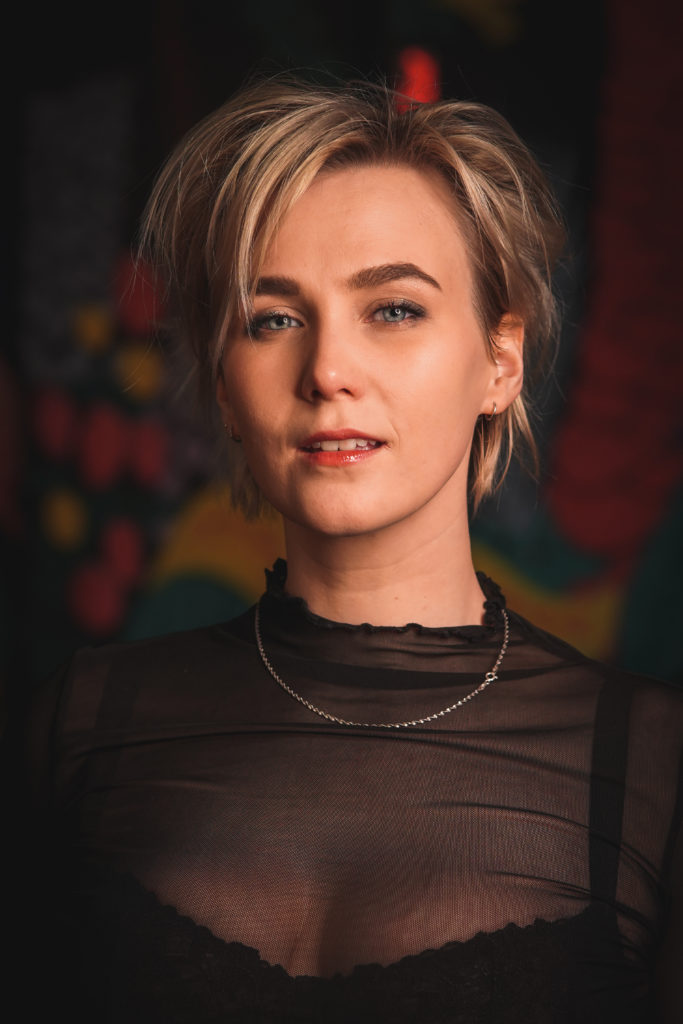
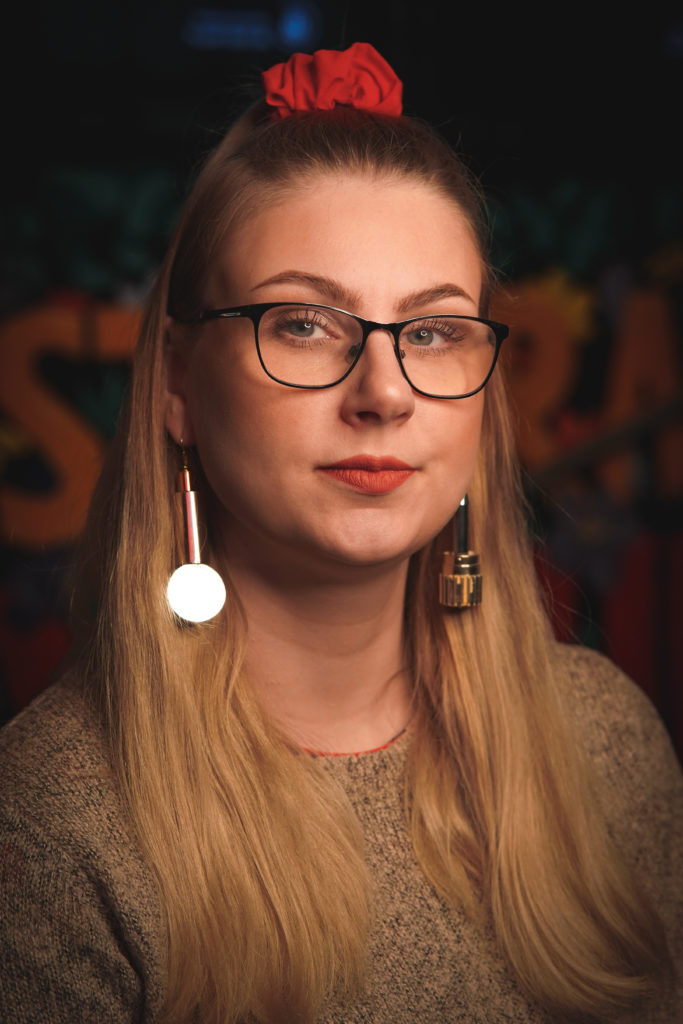
The importance of options
Unlike Cecilie, 49 year old trans activist Niels has a long history not just as part of the audience but as an active participant of Copenhagen Pride Week. He has been on panels, volunteered, and generally been very involved. However, he is not anymore, and according to Niels it is mainly due to the options of participating that are offered during Pride Week. He is chronically ill and neurodivergent and is no longer able to be physically present during Pride Week. His only option is streaming the relatively few events that are made available online: “It’s a huge problem, to say it like it is. All of a sudden I’m not invited to share my opinion on anything, and I’m typically not able to take part in the discussion. When you’re watching the streaming, you’re not present. You don’t have the same opportunity to ask a question, say something, or make your existence known.” He adds: “It’s been an important part of my life and a key part of my political activism to take part in these things, and now it’s just gone. It was truly like Pride no longer existed for me. I can’t be the first to have that experience, but I don’t really see it being addressed – the fact that it’s a requirement to be present. What about those who can’t? Aren’t we part of the community? Are we not as important as those who can be physically present? How can you include us?”
Streaming has its limitations, and one of the key points addressed by Niels is the difference between offering the consumption of events through streaming and creating real options to participate as an active part of the community from home. It comes down to having the choice: You can take part as a viewer, a panelist, or you can ask questions. A way of thinking accessibility into Pride Week could be by working towards an online dimension that strives to give the same experience as if you were physically present. That would not just make Copenhagen Pride more accessible for neurodivergent persons or persons with disabilities, it would also mean that people all around the country could join in.
While Niels emphasizes accessibility for people who cannot join in person, Amelie, 29 years old, focuses on the physical setting of Pride Week. As she points out: “Pride should be for everyone, and there’s a lot of queers and LGBTQ+ people who are disabled beyond what relates to the Sunflower Lanyard.” Amelie uses a wheelchair when she has to stand up for longer periods of time. Apart from the practical challenges that come with having physical limitations, Amelie points out that it can be associated with a feeling of shame, a feeling of being bothersome, and an experience of being forgotten as a group. Amelie shares these feelings with many, and her participation in this conversation has been spurred by the thoughts she shared on her Instagram after Pride Week last year. The exchanges that followed point to a large group of LGBTI+ people with physical disabilities and difficulty walking who, according to Amelie, find it necessary to stay away from events during Pride Week because of lacking accessibility. And that is just not good enough.
What now?
Accessibility solutions should be a more integrated part of the planning of Copenhagen Pride Week and should come from an open and lasting communication with those that require them. This article can be seen as the beginning of such a conversation, and on that note I would like to thank each of the five participants for contributing with valuable insights and for agreeing to continue to share them in the future planning of Pride Week. Since the creation of this article, a number of initiatives have been planned, with help from these participants, among others, to emphasize accessibility during Pride Week and help our volunteer teams implement accessibility solutions that create meaningful options for participation. Together, we can create a Pride Week for everyone.
Dictionary
BIPOC: Abbreviation for ‘Black/Indigenous/Person of Color’.
Tokenism: A concept in which portraying a minority person as an emblem or ‘token’ in an inclusion context hides the fact that one is only being inclusive on the surface.
Neurodiversity: Neurodivergence: being neurodivergent means that your brain is developed atypically, as opposed to having a neurotypical brain, which the majority have. The terms originated in the autism community but cover many different things, including ADHD, dyslexia and sensory integration disorders. A group can be said to be neurodivergent if it is made up of neurotypicals and neurodivergents or of different types of neurodivergents. Neurodivergent and neurotypical are neutral terms, like trans and cis or homo and hetero. Neurodivergence is very common among transgender people.
The Sunflower Lanyard: Through the Sunflower Programme, lanyards with sunflowers are distributed, conveying to the outside world that the wearer has an invisible disability that may mean they need a little extra help or patience. Copenhagen Pride was the first Pride in the world to join the Sunflower Programme in 2022.
